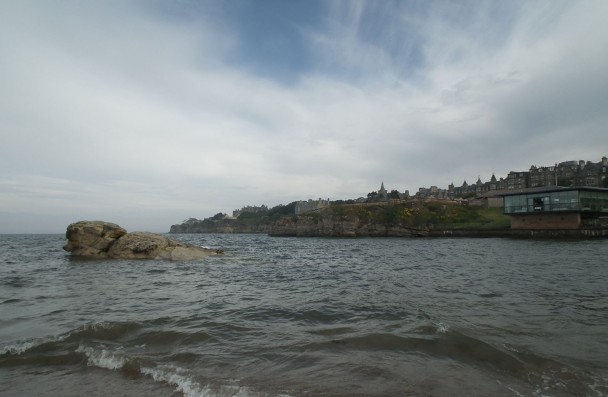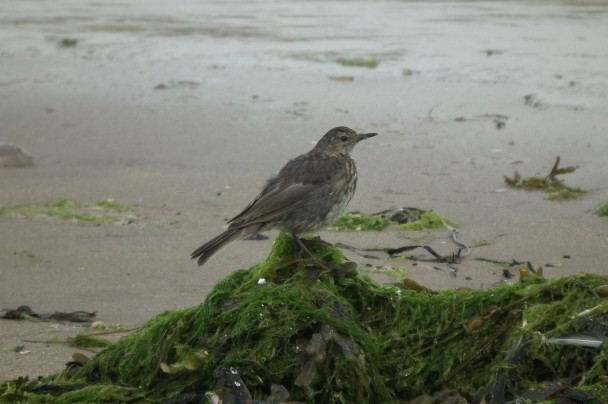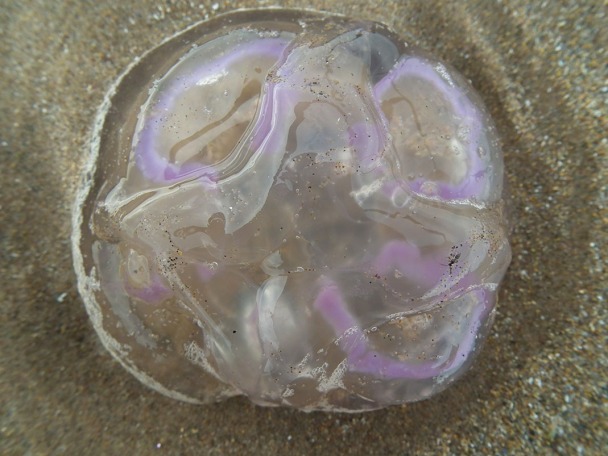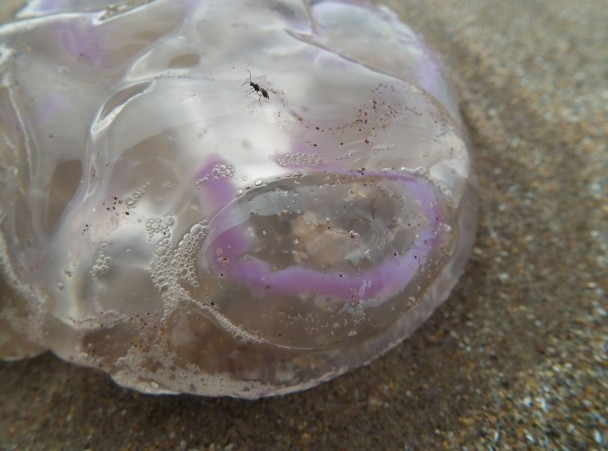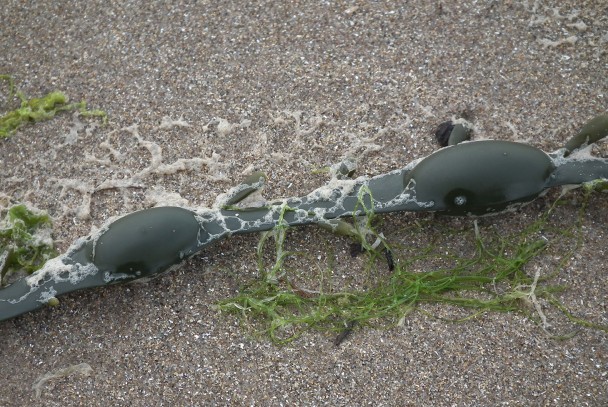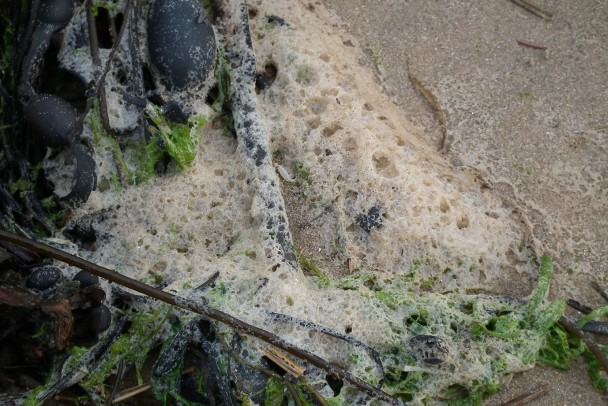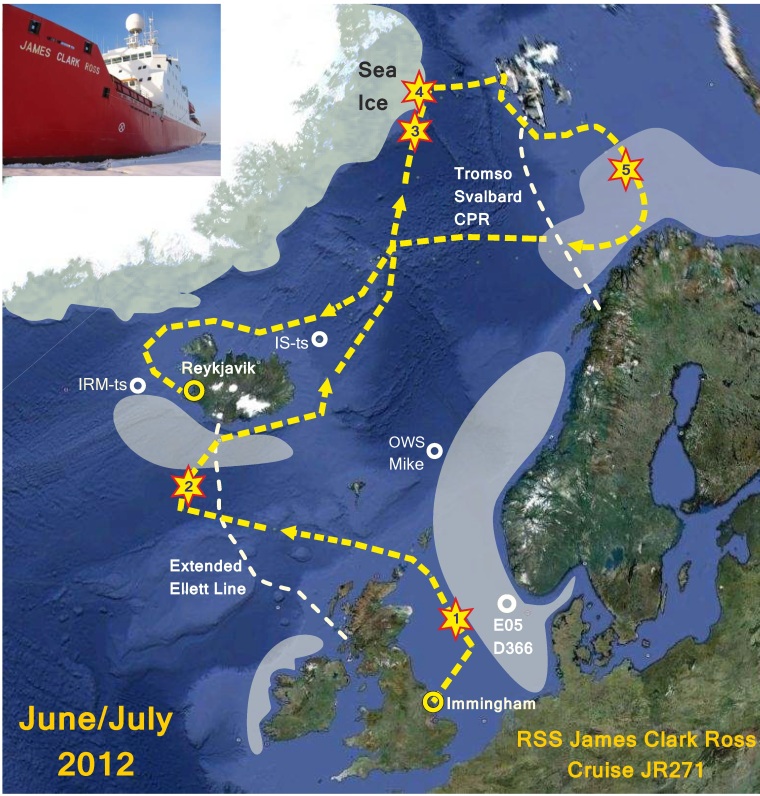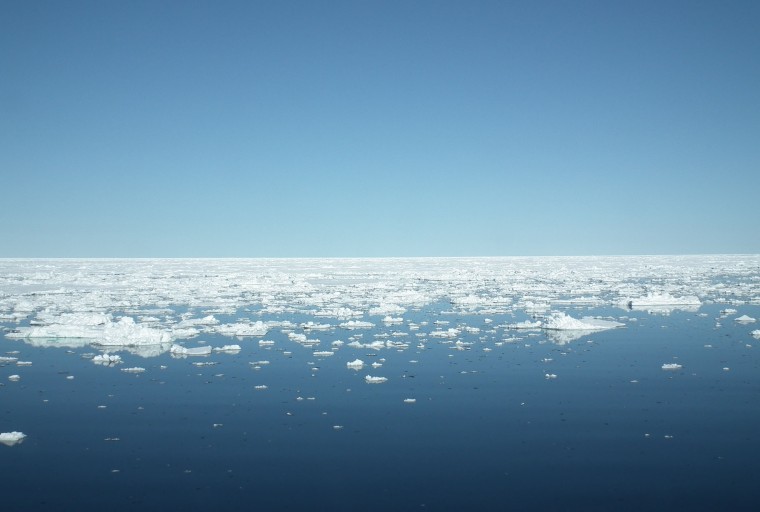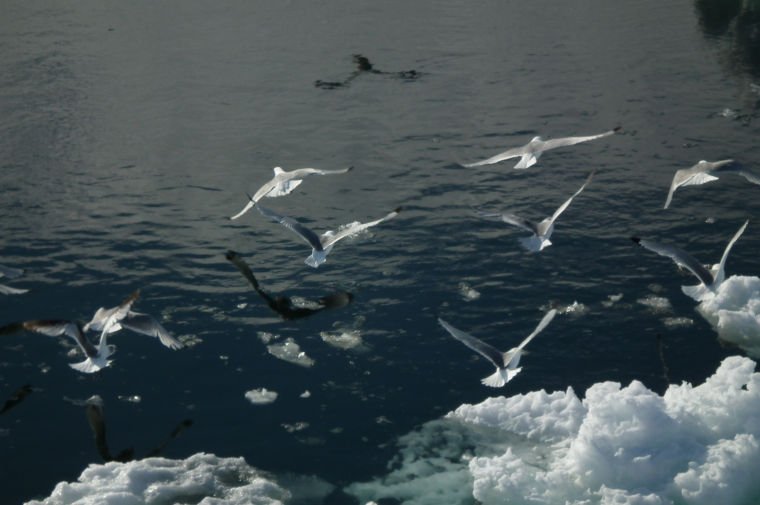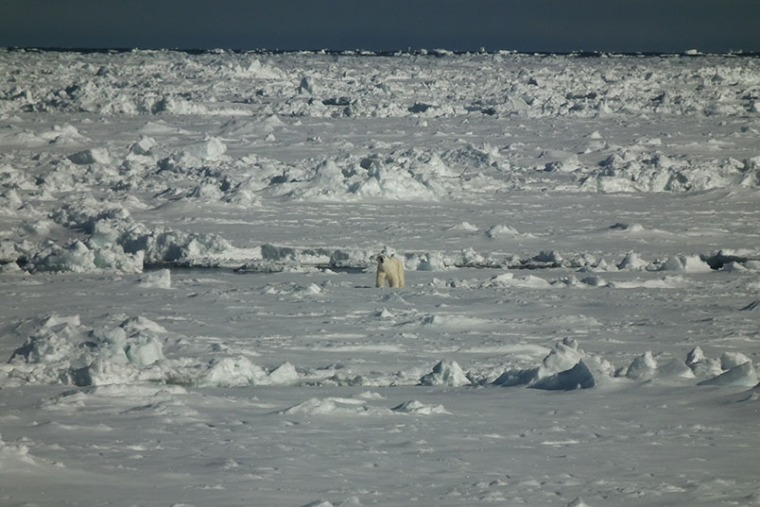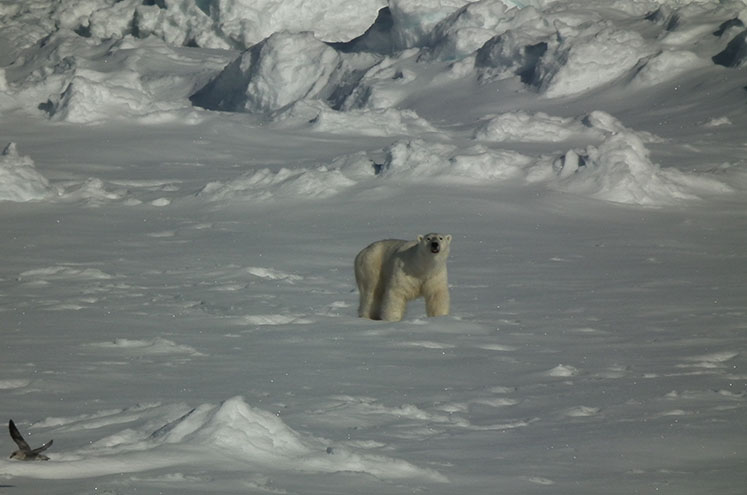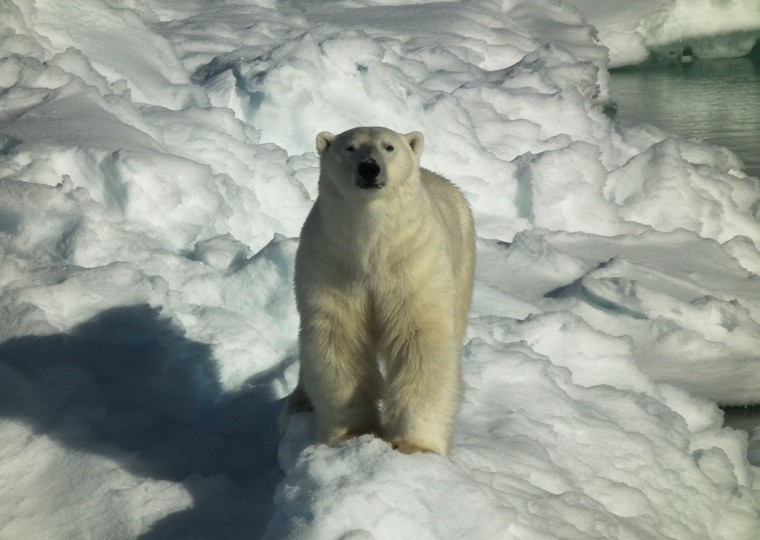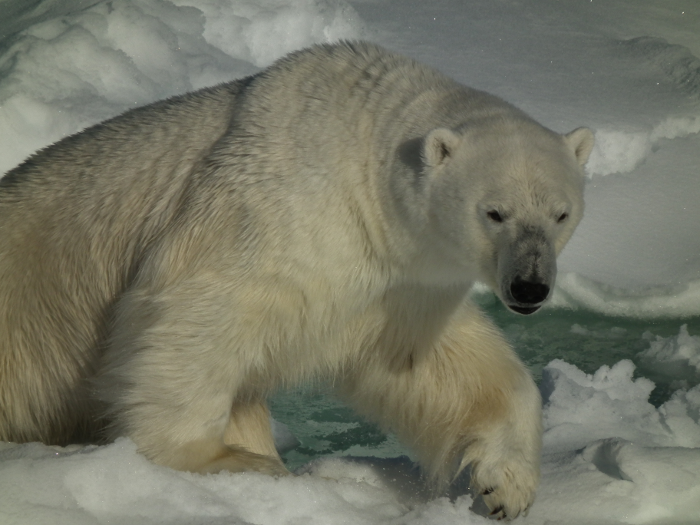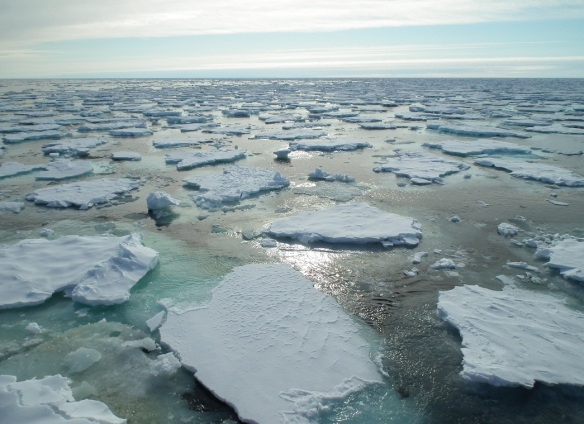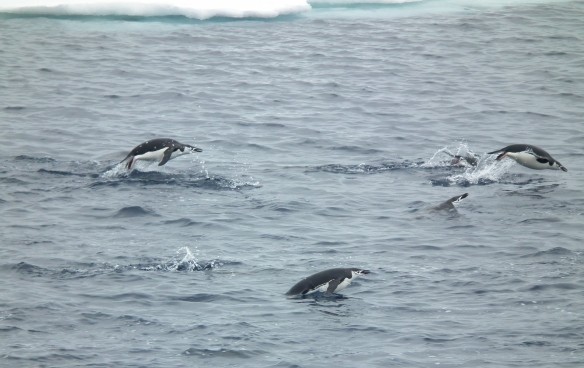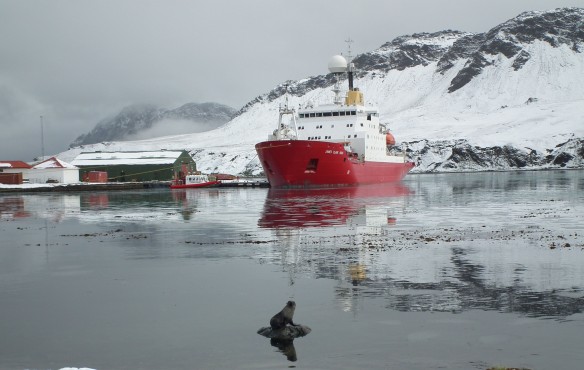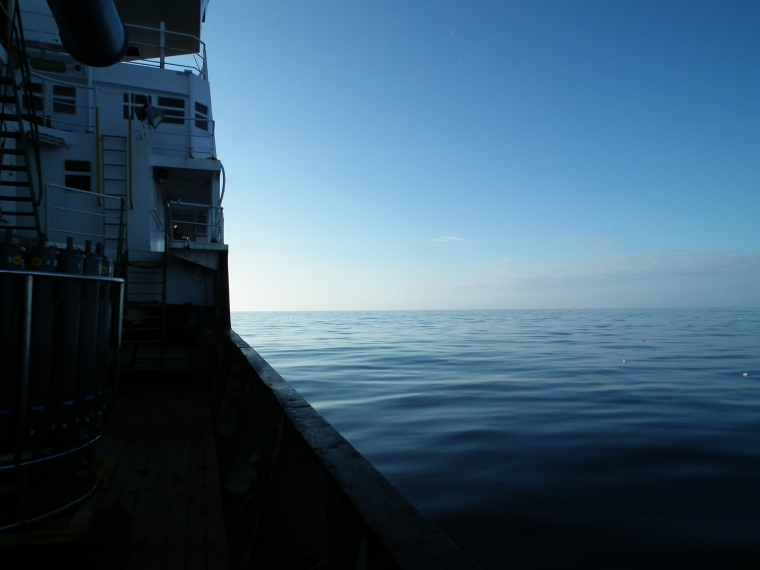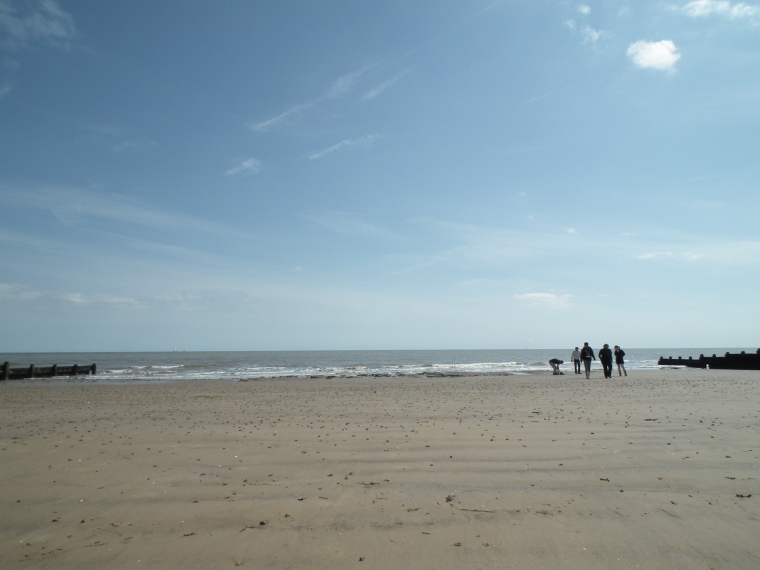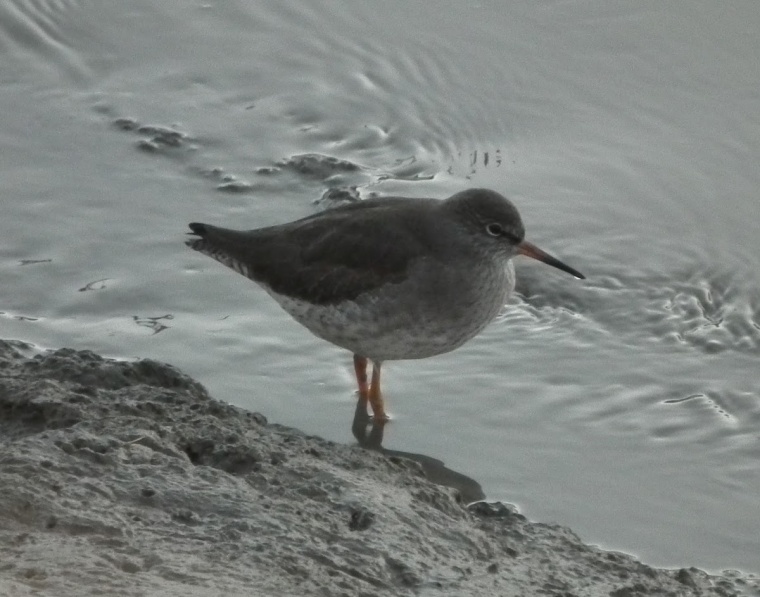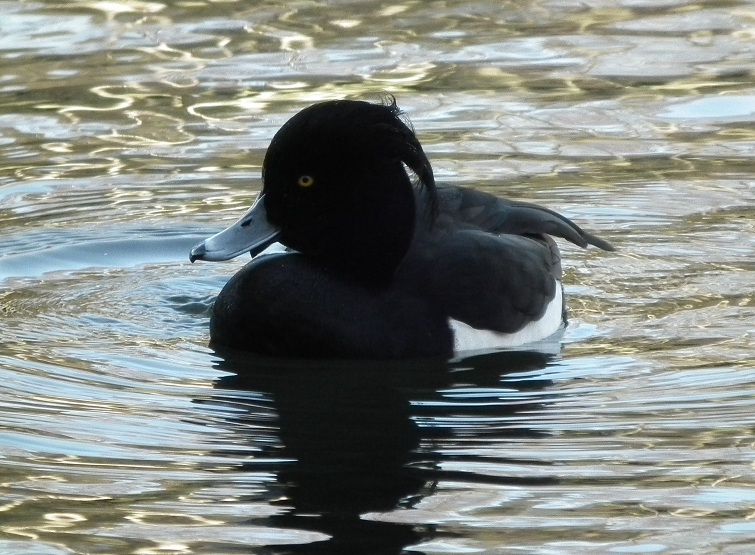So maybe you’ve been reading this blog, and thinking, “Sure, this is great and all, but it’s not exactly an award-winning blog is it? I only think things are good when someone else can reaffirm that belief for me.” Well, reaffirm this! In the last week I have won not just one, but two awards. That’s right, this is now Phytoplanktonic, double award-winning blog.
Okay, so they’re not awards in the technical sense of the word, but I think they’re better than that. It’s a little thing that gets passed around blog to blog so that you ultimately share other cool blogs with your readership and give them a little bit of the recognition they deserve.
So my first duty as award-winner is supposed to be to thank the person who gave me the award. I have two people to thank, so here goes.
First I would like to thank Sarah over at Moral Coral. Sarah is a good friend of mine, and someone I’ve known for a while. We studied our undergraduate degrees together, and after going to different places for our Masters, ended up back in the same department doing our PhD’s. Like me, she blogs about the life of a PhD student, and writes about environmental issues she cares about too. She writes very informative posts, and will often pepper them with her own lovely photographs. Her project is about coral reefs, so if you’re into tropical biology (and who isn’t?), head on over and give her a read!
Secondly, I thank the ever delightful Sandra at Island Monkeys. Again, Sandra is someone I have studied with, though the complete inverse to the way I studied with Sarah – we did our Masters together. Though it was a one year course, it was one hell of an intense year and we all became very good friends! Sandra writes about her experience as a German living in the UK, and as someone who also grew up somewhere that wasn’t Britain, it’s a very entertaining read! Her writing style is hilarious, I guarantee you’ll have a laugh, so go and visit her blog too!
So that’s that checked off the to-do list. The next thing I have to do, according to the award Sandra gave me, is reveal 7 interesting facts about myself. I worried about this, as I’m not sure there are 7 interesting things about me. I will give it my best shot though.
1. I have 3 nationalities. And I mean real, official, could-own-3-passports-if-I-was-so-inclined citizenships. They are British, Canadian and Italian.
2. I used to compete in athletics, and won a bronze medal for Suffolk in a pentathlon.
3. I very nearly did an Illustration degree at university instead of Marine Biology. I decided in the end that I’d wanted to be a marine biologist for way too long, and that it’s easier to be a biologist and an artist on the side, than it is the other way around.
4. I spent my childhood in Canada, and moved to the UK when I was 13. As a result, I say words like “sidewalk”, “parking lot” and “hydro bill”. Most people just smile politely at me and nod.
5. I really love cooking. I find it’s a lot like painting, except instead of mixing colours, you mix flavours. And you get to eat the final piece. Well, I guess you could eat an oil painting, but I don’t think it would be quite as satisfying. Or good for your health.
6. I am quite possibly the clumsiest person I know. My boyfriend tells me he always knows where I am in the flat, even if he can’t see me, because he can constantly hear this: thud, OW, bang, AHHH, crash, OH GOD. This is why anyone who has known me for an extended period of time is concerned that I use radioactive materials in my experiments.
7. I’m left-handed. That’s not quite a weird or wonderful fact, but it’s rare enough. Also, I did say I couldn’t think of 7 interesting things about me. But there you go, I’m a lefty. It means I often have difficulty operating public computers (I have a left-handed mouse at home), scissors, can openers, university lecture hall chairs and other things that were thoughtlessly designed only for the right-handed community.
The only thing that remains is for me to pass on my virtual baton by bestowing this award on to others. This is where it gets confusing, because Sarah gave me the Liebster Blog Award, and Sandra honoured me with the “One Lovely Blog” award. So what I’ll do is just list 5 nature/science themed blogs that I follow and enjoy, and let them decide if they want to pass it on.
Elsa Naumann Photography – Another good friend from my studies, Elsa studied her BSc and Masters with me. She is a fantastic photographer, and you should check out her blog and Flickr account to see her work. Definitely one to follow, you won’t be disappointed!
Words in mOcean – Apart from having the best name for a marine-themed blog, Words in mOcean offers both informative articles about science, and humorous reflections of the life and times of a marine scientist.
Naturally Curious with Mary Holland – A fantastic photographic blog about nature and wildlife, specifically the things Mary finds in her home of New England. The posts are always informative with lovely photographs to go with it! A really great read for any nature lovers.
Pipettes and Paintbrushes – A blog all about the life of a PhD student (in marine science, surprisingly!) studying at the University of East Anglia. She has a great deal of entries that really focus on the personal side of PhD life, which really hit home if you’re in the same situation. They are brilliantly written, and are quite creative!
Seasons Flow – A blog tracking the changes in wildlife (particularly bird life) with the seasons in a little corner of Ohio. Always thoughtfully written, and full of beautiful photos too. This is another good read for nature lovers, and something that always reminds me to think about how my local wildlife changes over the year.
So, there you go. That’s not an exhaustive list, of course, but I do particularly enjoy reading them, and hope you will enjoy it now too. Please note I also highly recommend Sarah and Sandra’s blog!
I guess that’s my duties as award-winner over and done with. I am currently working on a bigger blog post, one about ocean acidification with lots of illustrations, so I will be back next week hopefully. Until then, revel in the wonders of the world around you and all that.


